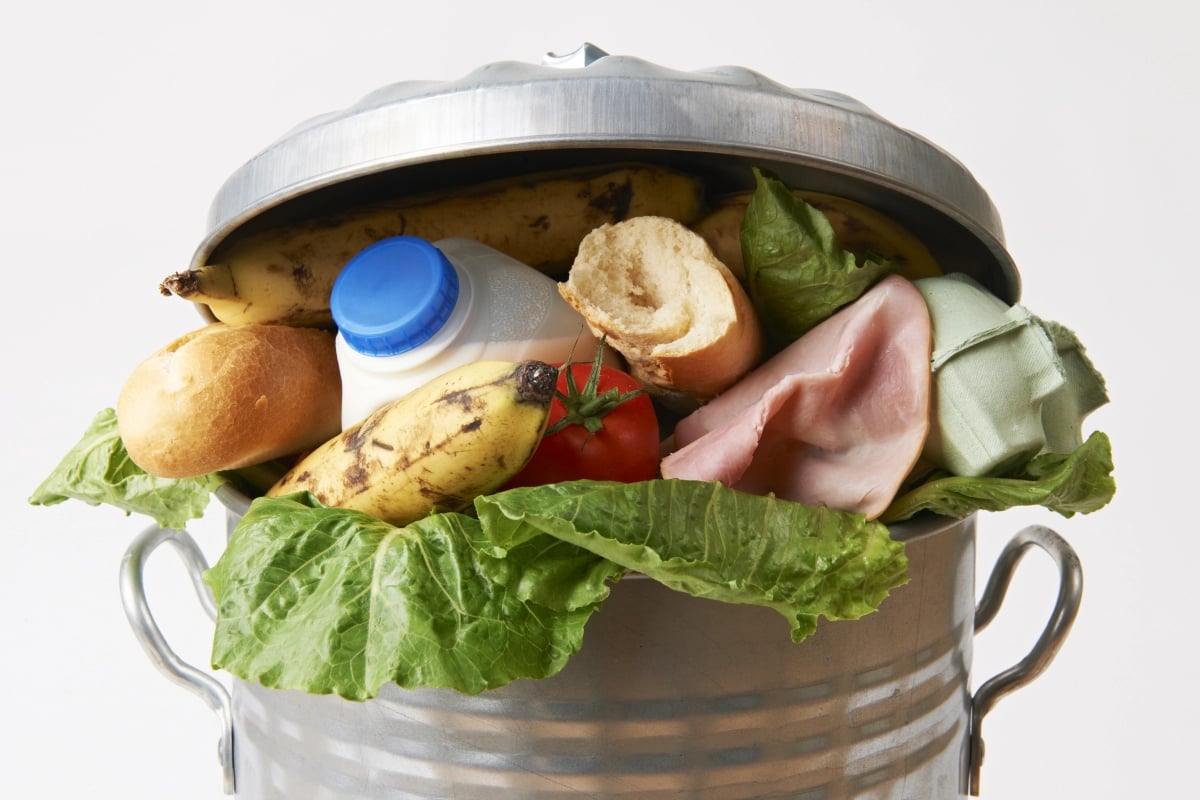In 2018, it was reported that Canada was one of the world’s leading food wasters, with 396 kilograms of food being wasted or lost every year. In comparison, two of Canada’s largest neighbours, the United States and Mexico, lose up to 415 kilograms and 249 kilograms respectively. The vast majority of this waste is produced by consumers, and a number of factors lead to high waste including large portions, buffets, imperfect produce, and non-standardized expiry dates.
Food waste is one of the major factors that cuts into the profit margins of many restaurants around the country. In fact, many restaurateurs don’t even bother to properly track the amount of food they waste. It’s estimated that US restaurants generate up to $25 billion worth of food waste every year.
Evaluate your food waste
Restaurant food waste is generally divided up into two categories: pre-consumer waste (food wasted before it gets to the customer) and post-consumer waste (food wasted after it gets to the customer). Before you can know exactly how much food waste is impacting your bottom line, you’ll need to perform a food waste audit in your restaurant. Many restaurants assign this task to an internal team or an outside firm, who will evaluate the amount of food wasted every day.
From there, you will be able to sort food waste into categories including spoiled inventory, customer waste, and discarded scraps. Once you’ve sorted and analyzed daily food waste, you’ll be in a better position to determine where waste is coming from, and can begin to develop a reduction strategy with your team. Remember to include every employee in your plan to reduce waste - if employees don’t take it seriously, your strategy will be doomed to fail.
Trim the fat from your menu
One of the largest sources of food waste can be found on your restaurant’s menu. This method of waste reduction is also one of the easiest for food service operators. Every restaurant has a number of menu items that feature unique ingredients that aren’t used in other dishes. If these items aren’t popular or feature too many unique ingredients, they’re almost always more costly than they’re worth in terms of the amount of potential wastage.
Unpopular menu items and items that contain ingredients unique to that specific dish should be eliminated wherever possible, or recipes changed in order to ensure that unique food items aren’t being wasted. A common example of this is caesar salad, which often features unique dressing, lettuce, parmesan cheese, croutons, and bacon bits; this recipe can very easily be modified to feature more common food products, or eliminated if it isn’t popular.
Rethink your inventory and tweak ordering
If your food waste audit indicates that a large amount of waste is being generated in the pre-consumer stage, it may be a problem with your inventory. Food can spoil in storage before it’s even considered for use in menu items - this often happens when too much is ordered. In order to reduce waste, it’s recommended that you evaluate your ordering habits and needs, and tweak it to include only what you know you’ll use. Ingredients at risk of spoiling can also be repurposed in many cases. While you’re rethinking your inventory to reduce waste, ensure that food is being stored correctly using appropriate temperatures and containers, which will go a long way in waste reduction.
Manage portion sizes
One of the most common reasons for high post-consumer waste can be chocked up to inappropriate portion sizes. If you find that customers consistently don’t finish certain dishes, you should make portions smaller. Wherever possible, customers should be encouraged to take uneaten food home, supplying them with containers that will make this easy and convenient for them to do so. Offering a range of portion sizes for sides can also be an effective way to manage waste related to portion sizes.
The most effective way to enforce food waste reduction strategies throughout your food service establishment is food safety training, which stresses the importance of waste reduction and teaches food waste best practices.



